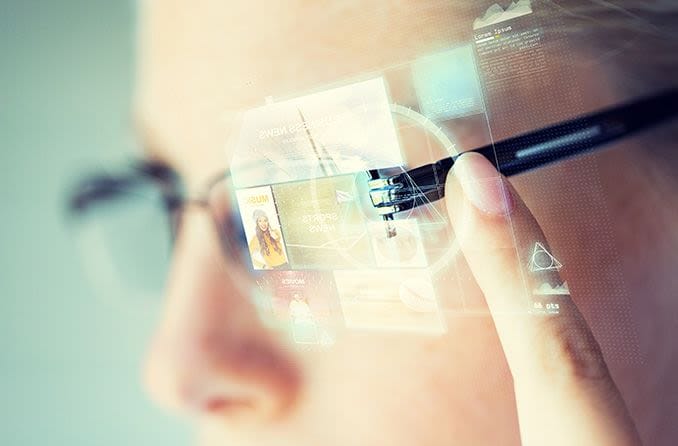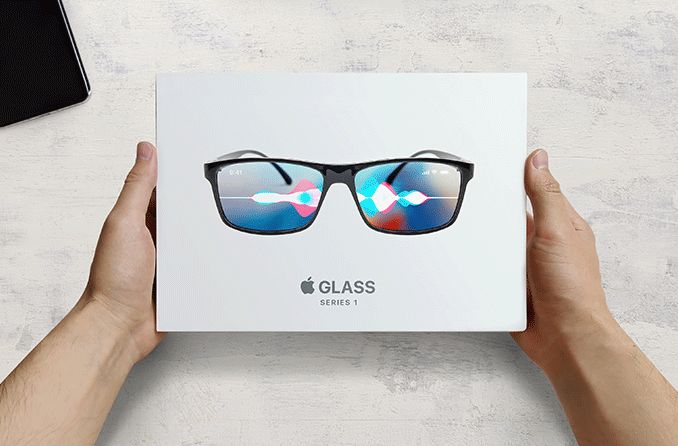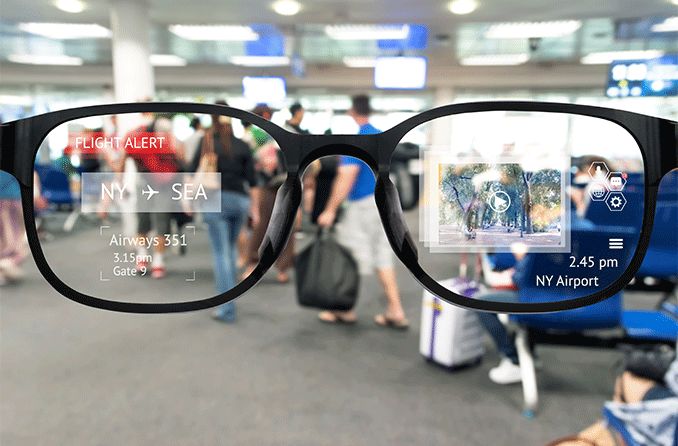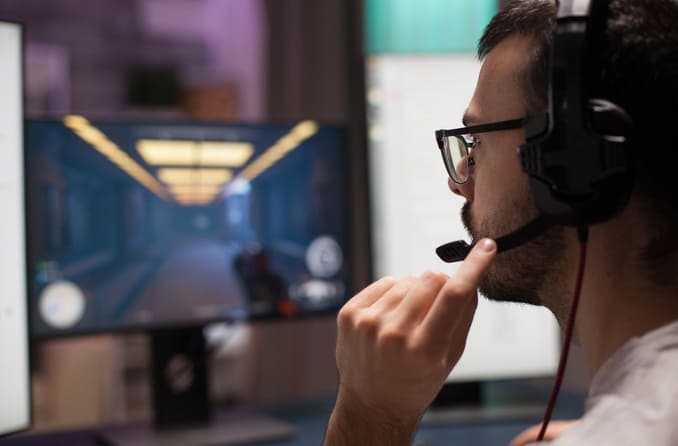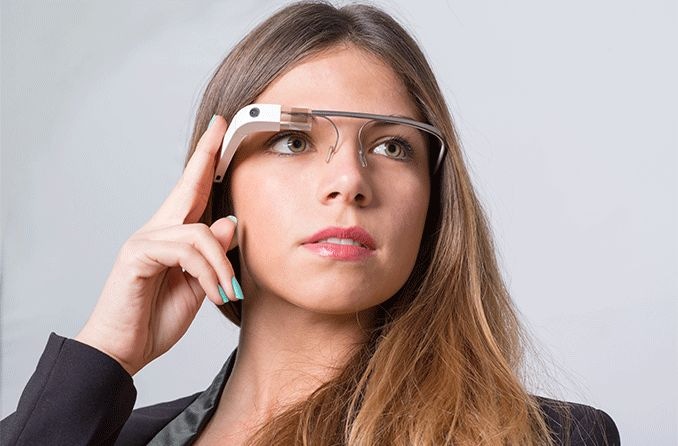For centuries, the primary purpose of eyeglasses has been to improve our vision to 20/20. But now as the year 2020 arrives, eyeglass makers and internet pioneers are joining forces to make our one-trick-pony glasses smarter as well.
What in the world are smart glasses? Simply put, they are an attempt to bring the wireless connectivity and imaging we enjoy on our home computers and cellphones into the frames and lenses of our eyewear.
Just as we can no longer imagine living without a laptop or mobile phone, soon we may enjoy the same versatility and connectivity from our eyeglasses, and even our contact lenses. Quite an eye-opener, wouldn’t you say?
Google Glass paves the way
Google was first to launch this new vision of eyewear in 2013 with the introduction of Google Glass Explorer, hoping to build on the popularity of smart watches and other wearable wireless devices.
Unfortunately, the Explorer proved too geeky, uncomfortable and expensive ($1,500) for most, prompting Google to yank it from the market after 18 months.
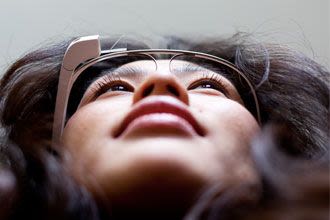
How smart glasses work
Google Glass, however, proved a worthy smart glasses archetype that other tech players would soon refine. Here’s how Google Glass slipped the smarts into smart glasses:
- Sound: The speaker for wireless audio inputs and cellphone reception rests on the end of the ear rest(s). Audio is transferred to the ear via bone conduction instead of air conduction through the audio canal.
- Smarts: The central processing unit (CPU) computer brain is situated on the arm of one ear rest.
- Mic: The microphone for cellphone conversations and hands-free voice searches is perched under one hinge. Most smart glasses today pair the microphone with a micro speaker for audio feedback and notifications, as well as to listen to music and podcasts.
- Projector and Prism: Located above the upper part of the lens, this projection method, called curved mirror or curved mirror combiner, offers partially transparent digital displays without obscuring the real-world view. Some manufacturers now offer an alternative version called waveguide holographic optics. The digital overlay of text and images within our field of view is the key that unlocks the smart glasses experience.
- Camera: While an obvious feature in our selfie age, the camera lens at the temple of the Google Glasses brought with it an unintended new experience: privacy concerns. Many onlookers weren’t thrilled to in essence be filmed and saved without their permission, a reaction that may have hastened Explorer’s departure. While smart manufacturers now make camera lenses small enough to fit inconspicuously inside the frame of their products, a few, including Focals by North and Vue, now offer camera-less models.

SEE RELATED: Can VR headsets harm your eyes?
Powered by touch, speech or thoughts
Perhaps as entrancing as the visual overlays of smart glasses are the various ways you can control them.
Instead of the keyboard and mouse we’re all used to, we can control smart glasses by touching, tapping or swiping controls built into the frame, verbalizing our requests as we do to Alexa and Siri, and/or directing its displays through our phone or wearable devices such as Focals by North’s hand ring.
Other options available to smart glasses makers include gesture recognition of head, eye and hand movements such as nodding or looking up or down, directing via eye tracking and even controlling our glasses with our thoughts (really!).
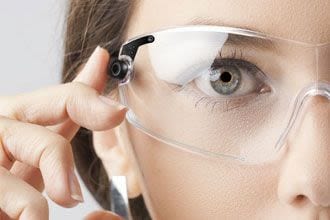
Smart glasses and better vision
Nor have developers overlooked the obvious visual role of all glasses: seeing better.
Several models have incorporated liquid crystal technology to enable users to filter the level of brightness coming through their smart lenses, Controlling the amount of ambient light in their natural surroundings also helps users optimize the visual overlays of their smart glasses.
Filtering brightness is a technological step forward from the photochromic or transitional lenses and could make sunglasses unnecessary.
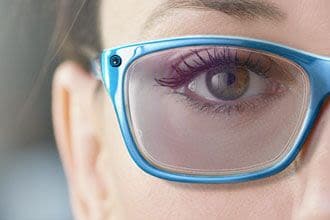
Increasing style, lowering price, adding AR
As for that troublesome geeky look and sky-high price tag that sank Google’s Explorer, smart glasses are making some headway with stylish models such as the Jins MEME, Meta Pro and WISEUP. The mixed result: Although their functionality is limited by their relatively sleek designs, so are their prices.
What does the future of smart glasses look like? There’s promise in the recent partnership of Facebook and Ray-Ban parent company Luxottica to launch its augmented-reality collaboration, code named Orion.
Reportedly designed to replace smartphones, Orion will use augmented reality (AR) technology to live-stream digital images, with voice control through a Siri-like digital assistant. Orion is expected to hit the market between 2023 and 2025.
What’s more, major tech players Apple and Bose are also pursuing the potential of smart glasses as a major game-changer in the coming decade.
While the details of Apple’s T228 project remain a mystery, it’s believed to center on combining virtual and augmented reality in a headset in the same way it did in its popular ARKit platform for iPhone developers.
Meanwhile, Bose, a major audio brand, is working to connect sound-based AR, motion sensors and GPS data to produce three-dimensional real-time navigation and virtual street tours of attractions such as bars and restaurants.
And don’t forget Amazon, which is now offering by invitation Amazon Echo frames ($179.99) which put Alexa on your prescription eyeglasses.
According to c/net, “The glasses look like any normal glasses, but discreetly voice Alexa's responses to your queries through tiny speakers by your ears. You can also swipe the side of the glasses to get more information, set reminders and use smart home gear while on the go.”
A filter lets you control which notifications you want to get via the eyeglasses so you won’t be bombarded with every email, phone call or doorbell ring.
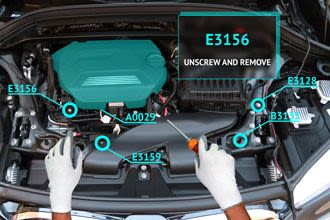
SEE RELATED: Ray-Ban Stories Review
Smart glasses: Challenges and issues
Several factors will be key to the success of smart glasses:
Education: The public will not only need to learn how to operate the new tools literally right before their eyes, but how to adapt and respond to the influx of wireless data, imaging and audio from their suddenly sentient spectacles.
Vision awareness: Eyeglasses must continue to serve their primary function, which is to correct vision. Wearers of smart glasses will need to keep their vision health in check as they adapt to the unprecedented mixed imagery ahead.
Safety: Smart glasses have considerable potential to distract the wearer, which could increase the danger to themselves and others, especially while driving. Great Britain banned the use of Google Glass while driving even before it hit the streets.
Security: Know going in that any personal data you share through your smart glasses may not be secure. The possibility that you could be taking photos or filming others without their knowledge or consent may also prove socially awkward.
Fashion: Appearance proved a major obstacle for the geeky-looking Google Glass. Advancements in wireless technology since should allow smart glasses of the future to be fashionably slim and stylish.
With all the smart glass technology on the horizon, one thing’s for certain: Very soon, we will never look at (or through) eyeglasses the same way again.
SEE RELATED: Eye Tracking Technology
